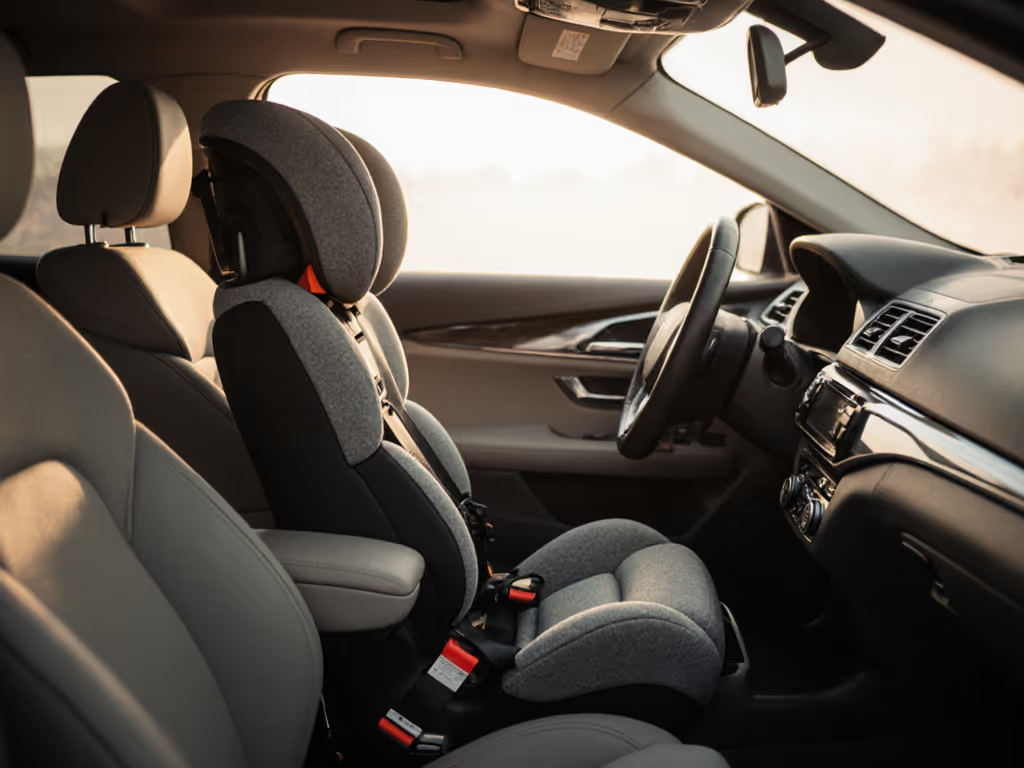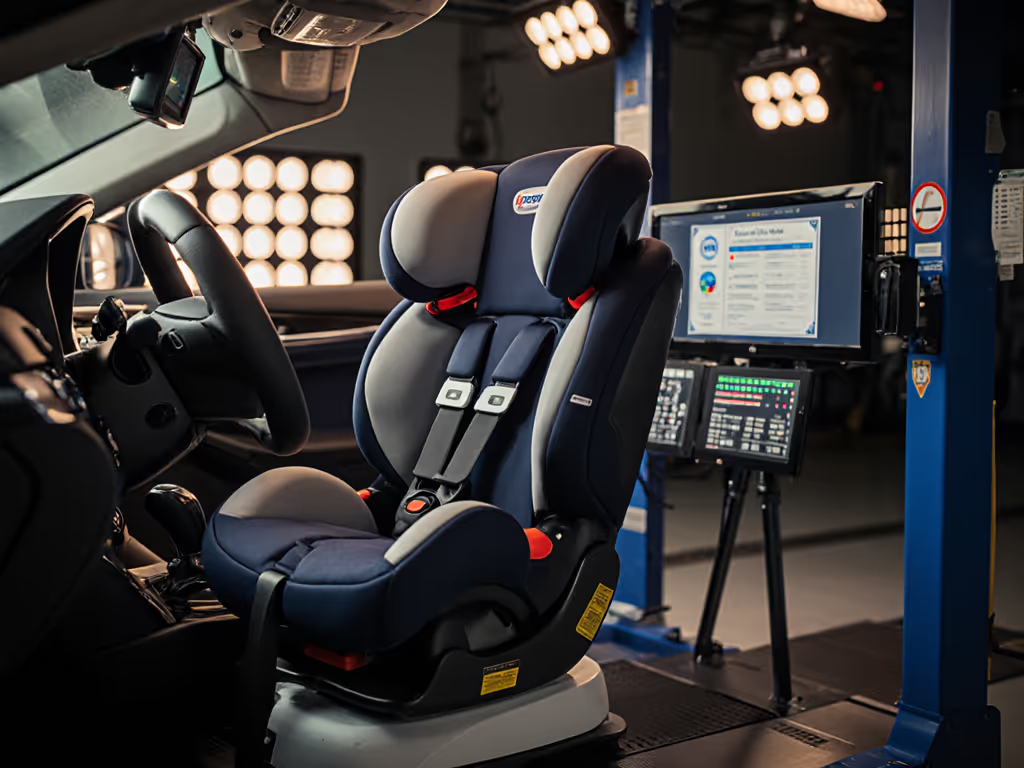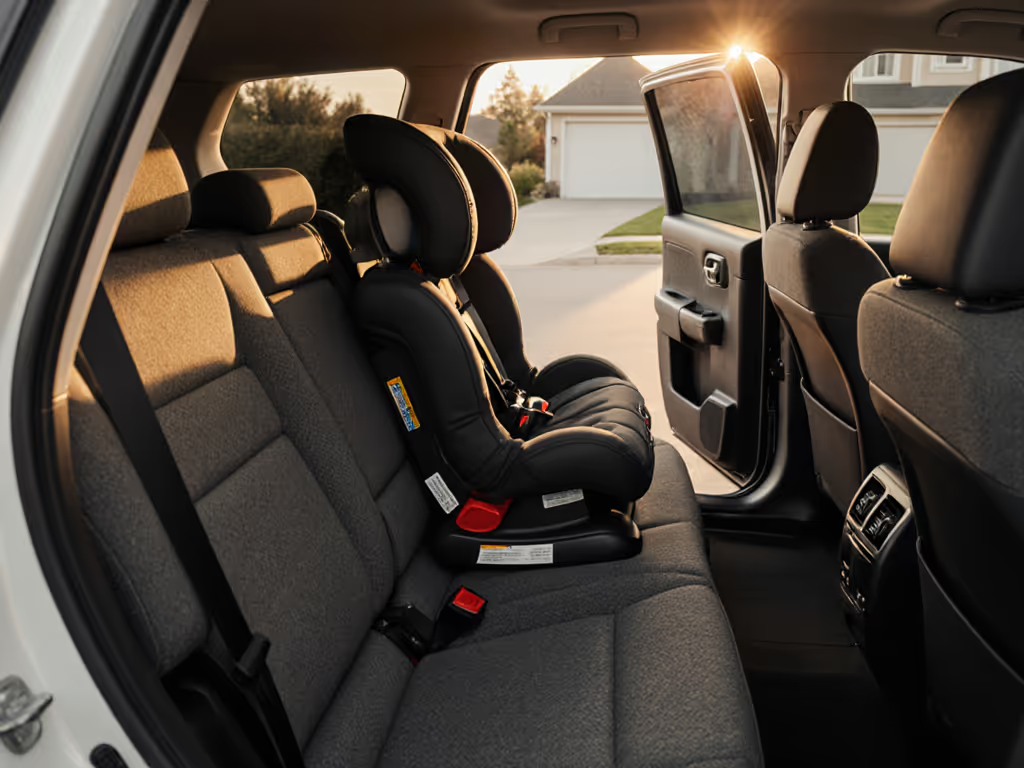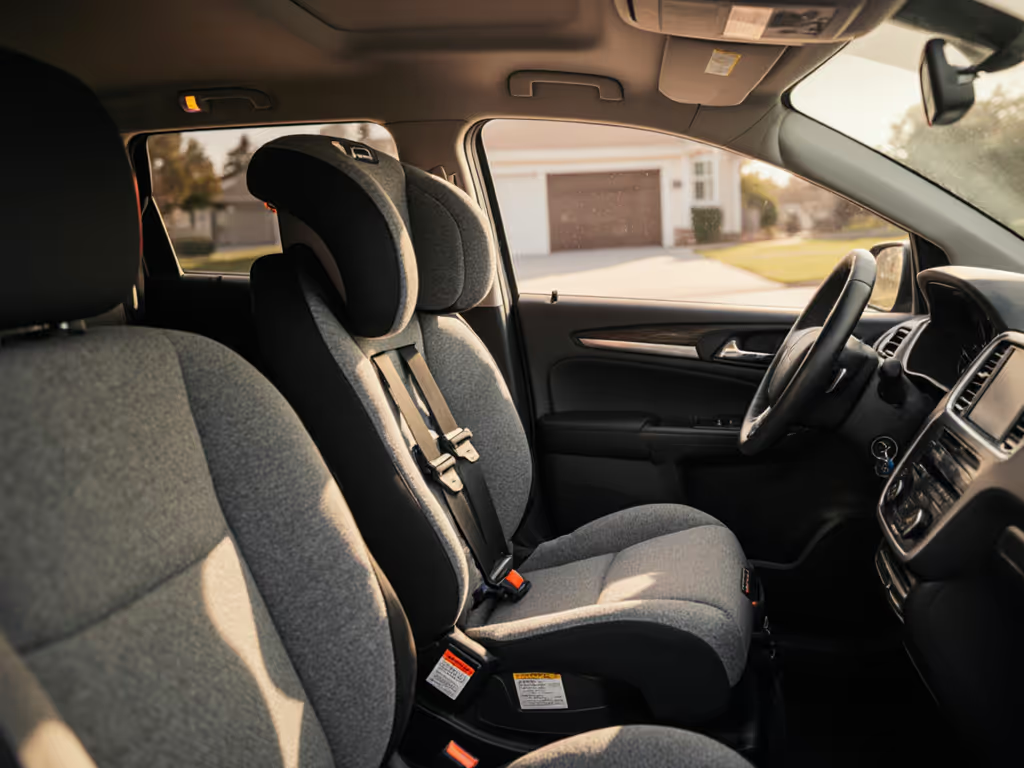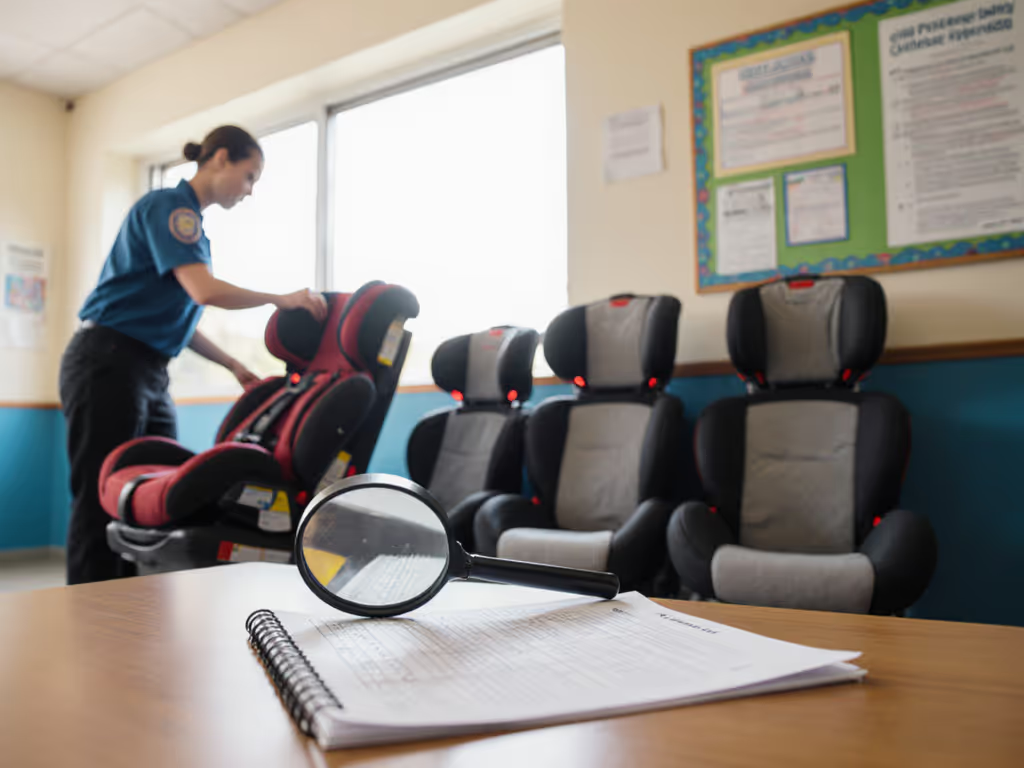
Role of Booster Seat: Essential Safety Guide
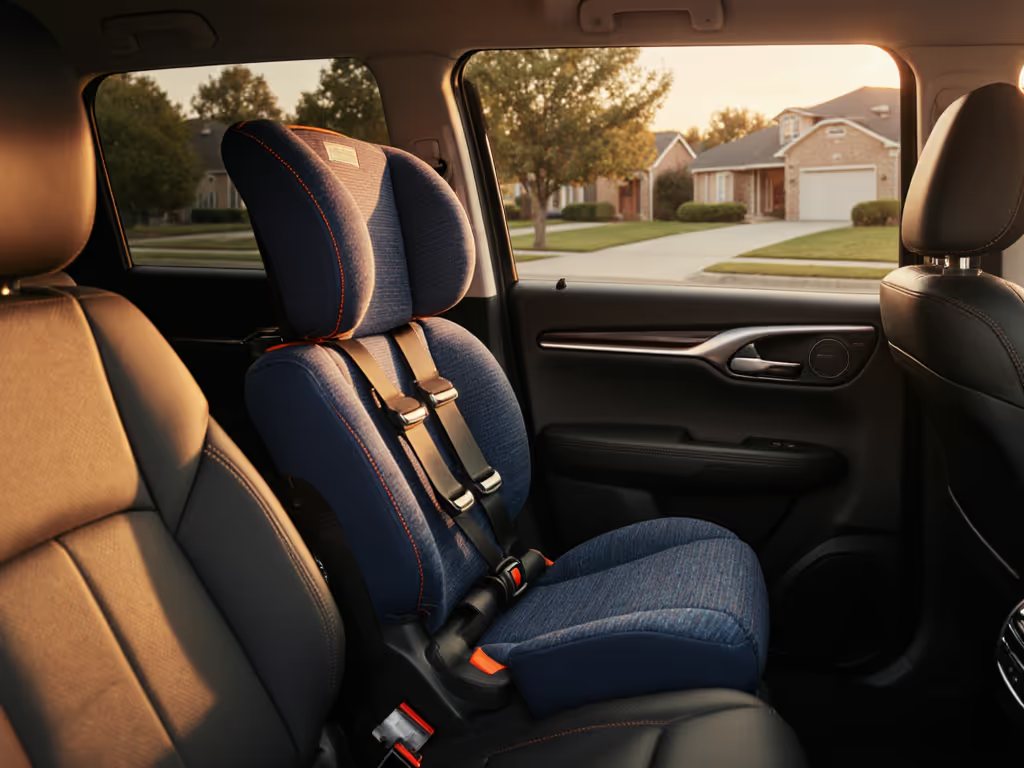
Did you know that using a booster seat can cut the risk of serious injury for children by 45%? Many parents move kids out of car seats before they are truly ready, but seat belts alone often fail to protect smaller bodies. Choosing and using the right booster seat keeps growing children safer, more comfortable, and compliant with legal requirements, helping families avoid preventable injuries every time they ride.
Key Takeaways
| Point | Details |
|---|---|
| Booster Seat Safety | Booster seats significantly reduce injury risks for children aged 4-8 by ensuring seat belts fit properly. |
| Type Selection | Choose between high-back and backless boosters based on your child’s age, size, and vehicle design for optimal safety. |
| Transition Guidelines | Ensure children remain in booster seats until they reach 4 feet 9 inches for proper seat belt use. |
| Installation Importance | Proper installation and seat belt positioning are crucial, as 46% of parents incorrectly install car seats, compromising safety. |
Booster Seat Purpose and Core Benefits
Booster seats are specialized child safety devices designed to protect children who have outgrown traditional car seats but are still too small for standard vehicle seat belts. By elevating children to the correct height, these seats ensure that seat belts fit properly across their body, dramatically reducing injury risks during vehicle accidents.
The primary purpose of a booster seat is to position children so that seat belts rest correctly - across the strong hip and chest bones, not on soft abdomen or neck areas. Research from the Centers for Disease Control reveals that booster seats reduce serious injury risks by 45% for children aged 4-8 compared to seat belt use alone. This significant safety improvement comes from proper positioning that prevents potential internal damage during sudden vehicle impacts.
Key benefits of booster seats include:
- Significantly improved crash protection
- Proper seat belt alignment across body
- Reduced risk of ejection during accidents
- Enhanced comfort for growing children
- Compliance with child passenger safety regulations
Statistics from global health organizations underscore the critical importance of booster seats. The World Health Organization reports that proper use of these safety devices can decrease child fatalities in vehicle crashes by up to 71% among younger children. This stark percentage demonstrates why transitioning children to the right booster seat at the right developmental stage is not just recommended - it's potentially life-saving.
Types of Booster Seats and Key Differences
Booster seats are not a one-size-fits-all solution. The two primary configurations - high-back and backless boosters - offer distinct advantages depending on your child's age, size, and vehicle design. Understanding these differences can help parents make the most informed safety choice for their young passengers.
The high-back booster provides comprehensive support, especially for younger children transitioning from traditional car seats. These models offer critical head and neck protection, particularly in vehicles without built-in headrests. Research from the National Highway Traffic Safety Administration indicates that high-back boosters can significantly improve belt positioning and reduce injury risks by providing side-impact protection and maintaining proper child posture during vehicle movement.
Key differences between booster seat types include:
Here's a comparison of high-back and backless booster seat features:
| Feature | High-back Booster | Backless Booster |
|---|---|---|
| Head/Neck Support | Strong | Minimal |
| Side-Impact Protection | Enhanced | Limited |
| Portability | Less portable | Very portable |
| Ideal Age Range | Younger children | Older children |
| Vehicle Compatibility | No headrest needed | Headrest required |
| Price | Higher | More affordable |
| Transfer Ease | Less convenient | Very easy |
-
High-back Boosters:
- Better head and neck support
- Recommended for vehicles without headrests
- Ideal for younger children
- Enhanced side-impact protection
-
Backless Boosters:
- Lightweight and portable
- Better for older children
- More affordable option
- Easier to transfer between vehicles
Clinical studies highlight that the choice between high-back and backless boosters isn't just about comfort - it's about optimizing safety.
The specific vehicle seat configuration, child's height and weight, and maturity level all play crucial roles in determining the most appropriate booster seat. Parents should carefully assess their child's individual needs and consult vehicle and booster seat compatibility charts to ensure maximum protection.
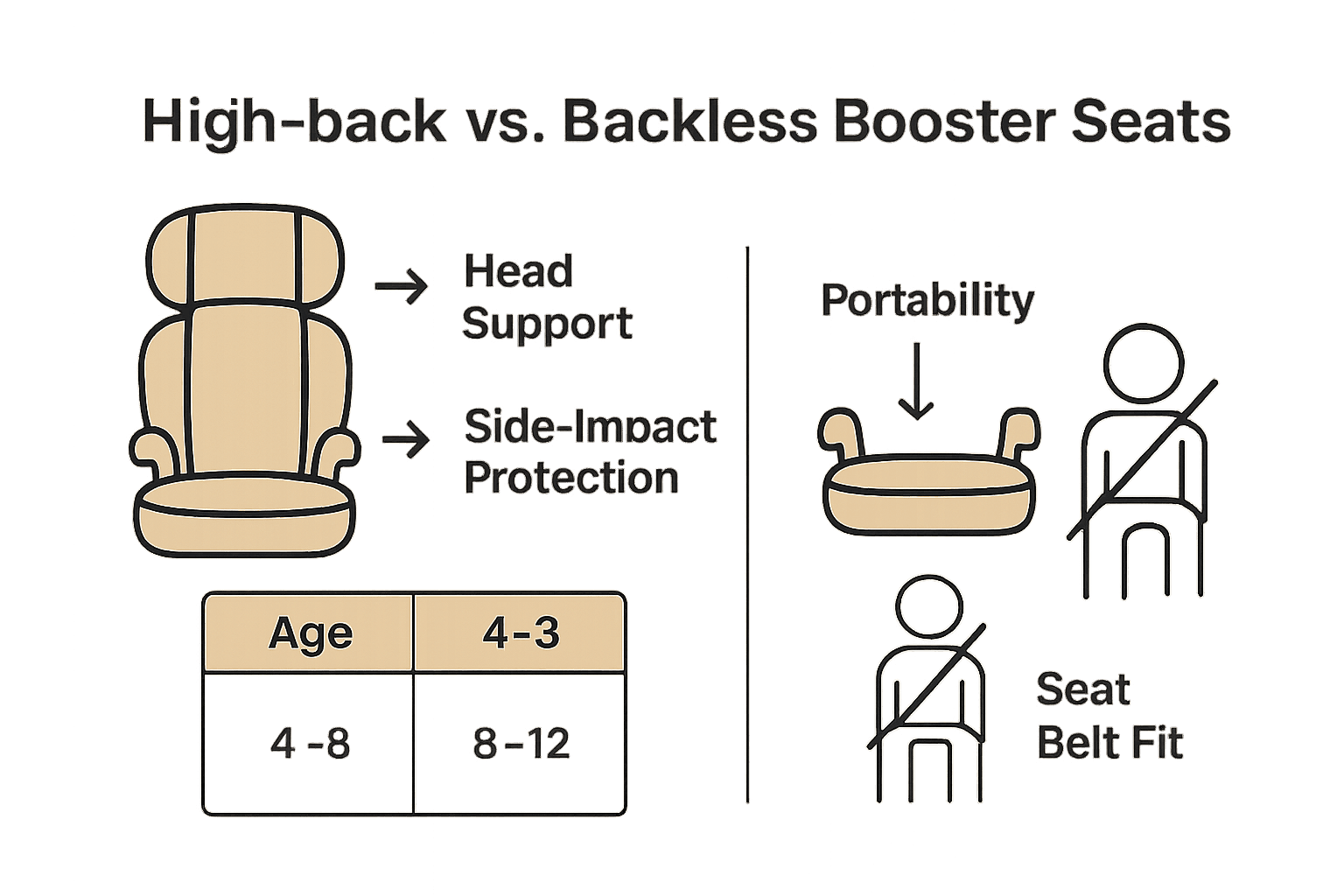
Age, Size, and Safety Requirements Explained
Booster seat transitions are less about strict age requirements and more about a child's physical development and size. The Centers for Disease Control provides clear guidance that children should typically use booster seats until they reach a critical height of 4 feet 9 inches, which usually occurs between 8 and 12 years old. This height milestone ensures that standard seat belts fit properly across a child's body.
Physical indicators are crucial for determining booster seat readiness. Parents should look for specific fit test criteria to assess whether their child is ready to transition from a booster seat to a standard seat belt. Key indicators include: being tall enough for the seat belt to cross the chest and hips correctly, ability to sit completely against the vehicle seat back, and knees bending comfortably at the seat edge without slouching.
Safety progression for child restraints typically follows this sequence:
- Rear-facing infant seat
- Forward-facing car seat with harness
- Booster seat
- Vehicle seat belt
Traffic safety experts emphasize that proper restraint use significantly decreases as children age. Many parents mistakenly transition children out of booster seats too early, exposing them to unnecessary risks. The 5-step seat belt fit test is recommended by safety professionals to determine whether a child is truly ready to use an adult seat belt without a booster, ensuring maximum protection during vehicle travel.
Legal Standards and Regional Regulations
Child passenger safety laws represent a critical framework designed to protect young travelers. While specific regulations vary, most jurisdictions have established comprehensive guidelines mandating the use of appropriate child restraint systems based on age, weight, and height. The Centers for Disease Control emphasizes that strengthening child restraint laws to include booster seat provisions for children up to at least age 9 significantly increases usage and reduces crash-related injuries and deaths.
Regulatory requirements typically address several key aspects of child passenger safety. Mandatory provisions often include minimum age and size requirements for booster seat use, specific installation guidelines, and penalties for non-compliance. These laws are not just bureaucratic checkboxes - they represent carefully researched safety protocols developed through extensive crash analysis and child protection research.
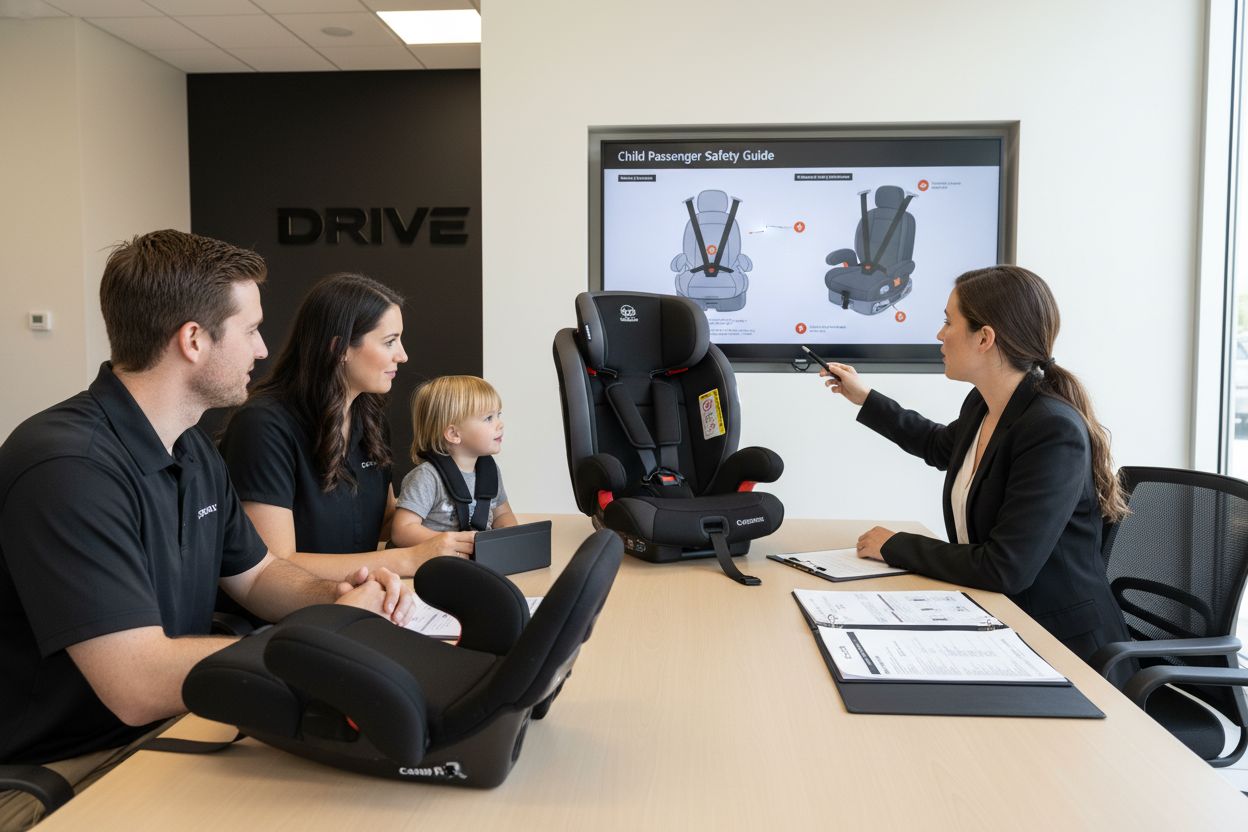
Key legal considerations for booster seat use include:
- Minimum age requirements (usually 4-8 years)
- Height and weight specifications
- Proper installation guidelines
- Mandatory use in passenger vehicles
- Potential fines for non-compliance
Global health organizations like the World Health Organization underscore the importance of comprehensive child safety programs. These programs go beyond mere legislation, incorporating public education, enforcement mechanisms, and continuous research to improve child passenger protection. The ultimate goal is not just legal compliance, but creating a culture of proactive child safety that prioritizes protection in every vehicle journey.
Proper Usage, Installation, and Common Mistakes
Booster seat safety goes far beyond simply placing a child in the back seat. Traffic safety research reveals a startling statistic: approximately 46% of parents incorrectly install car seats, significantly compromising child protection. Proper installation requires meticulous attention to vehicle seat configuration, seat belt positioning, and the specific design of the booster seat.
Critical installation steps include ensuring the booster seat is level, firmly secured, and the seat belt crosses the child's body at the correct points. Seat belt positioning is paramount - the lap belt should rest low across the upper thighs, not the stomach, while the shoulder belt should cross the chest and shoulder, avoiding the neck. Even minor misalignments can dramatically reduce the protective capabilities of the booster seat during a collision.
Common installation mistakes to avoid:
- Loose seat belt or improper tightening
- Incorrect seat belt path through the booster
- Using booster seats with damaged or worn components
- Transitioning children too early to adult seat belts
- Placing booster seats in front seats with active airbags
Child passenger safety experts recommend periodic checks of booster seat installation and fit. As children grow and vehicle designs change, what worked last year might not be optimal today. Regular inspections, potentially with a certified child passenger safety technician, can identify subtle issues that might compromise a child's safety during travel.
Ensure Your Child’s Safety with the Right Booster Seat
Choosing the correct booster seat is crucial to protecting your child every time they ride in the car. The article highlights how using the proper booster seat reduces injury risks by ensuring seat belts fit correctly and offer both comfort and protection. Many parents face the challenge of knowing when and how to transition from traditional car seats to booster seats that match their child’s height and vehicle configuration. Mistakes in installation or early transitions can put your child at unnecessary risk.
At Fits for Years Seats, we understand the anxiety and responsibility that come with selecting a booster seat. Our research-driven guides and safety tips will help you navigate options such as high-back versus backless boosters while ensuring compliance with safety regulations. Don’t wait until the next journey to discover your child’s seat isn’t properly installed. Visit Fits for Years Seats now for personalized advice and product comparisons designed for your family’s unique needs. Make an informed decision today and secure peace of mind on every ride.
Frequently Asked Questions
What is the main purpose of a booster seat?
A booster seat is designed to elevate children to the correct height for seat belts to fit properly, ensuring safety during vehicle travel by reducing the risk of injury in crashes.
How do I know when my child is ready to transition from a booster seat to a regular seat belt?
A child is typically ready to transition when they can sit with their back against the vehicle seat, their knees bend comfortably at the edge of the seat, and the seat belt fits correctly across their chest and hips without slouching.
What are the differences between high-back and backless booster seats?
High-back booster seats provide better head and neck support as well as enhanced side-impact protection, while backless boosters are lighter, more portable, and suitable for older children who are tall enough to use them safely.
What are common installation mistakes to avoid when using a booster seat?
Common mistakes include incorrect seat belt positioning, loose installation, transitioning to an adult seat belt too soon, and using booster seats with damaged components. Properly securing the seat and ensuring correct seat belt alignment is crucial for safety.

